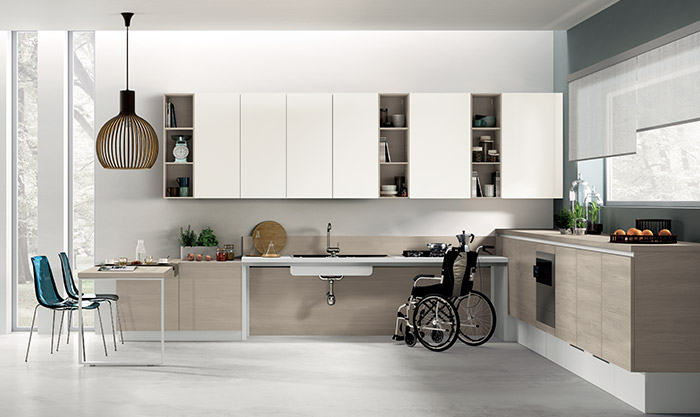- ΣΥΛΛΟΓΕΣ Utility System το πρώτο σύστημα στοιχείων για κουζίνες με ανώτερη προσβασιμότητα Πηγαίνετε στον ιστότοπο

- Εταιρία We are proud to announce that our Brand has been added to the Special Register of Historic Brands of National Interest. Discover more

- Magazine